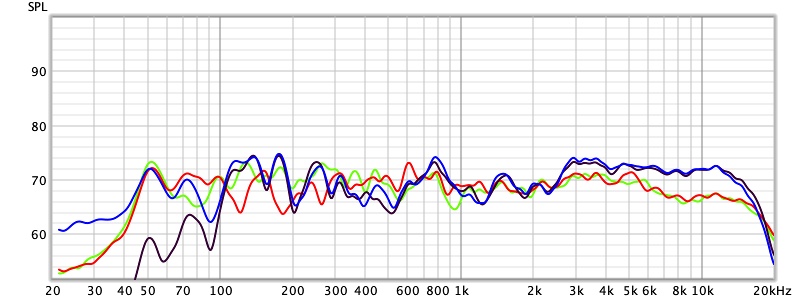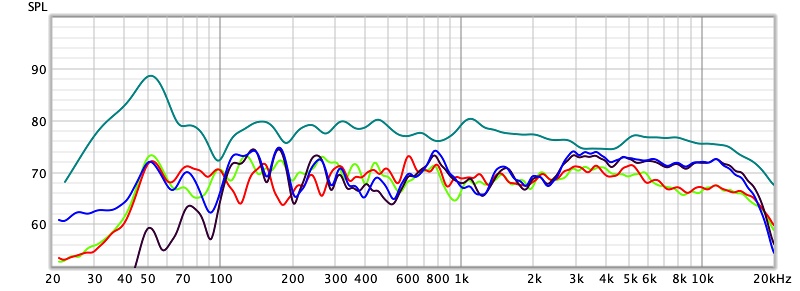So with traditional loudspeakers if their bass set off a standing wave ( purely dependent upon the rooms dimensions) this could lead to ‘boomy’ or ‘one more’ bass, the only way traditionally to cure this was to shuffle the speakers out until you found the quarter wave length of the frequency that was causing the issue.
So 70Hz nearly a five metre long wavelength one quarter a metre 25cm say.
But with Roon you can push them back, avoid any cancellation gain a bit more headroom and if there are standing wave peaks we can use Roon’s PEQ to lop the top off those peaks.
That 70-150Hz area is important for punch we don’t really want a broad cancellation there.
Keith
Ok so Ive moved the speakers around and this is the best I can manage. I may be wrong but the left one looks improved?
Proac Left
https://postimg.cc/qtH2jtZ3
Proac Right
https://postimg.cc/B8fwHnTh




